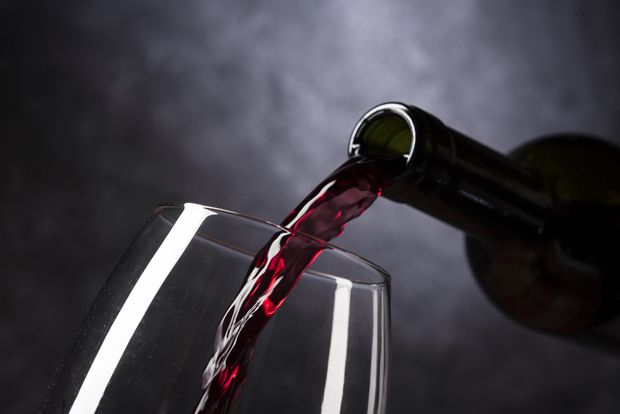It’s celebrated as the elixir of the Gods, poetry in liquid form, the blood of Christ, and a delectable smorgasbord of other romantic metaphors. Wine, glorious wine!
But where other people’s love affair with wine ends at the table (or on the floor), yours has brought you here, to this article, in search of advice on what to expect from one of the most prestigious examinations in the world of wine: the WSET* ® Level 2.
Brainscape has teamed up with Certified Wine Educator, Advanced Sommelier, and Master of Wine candidate Sarah Looper, who herself has studied for and passed the WSET 3 exam.
In this article, as an extension of our more comprehensive guide on How to study for the WSET-2 more efficiently, Sarah and I lay out the framework for what’s on the WSET 2, provide a WSET 2 exam outline, and share study tips that will stand you in good stead over the duration of your preparation.
[If you're thinking about finding a job in wine, we also dive into the specifics on to get a career in wine by acing the WSET 2.]
We will also introduce you to Brainscape’s certified WSET Level 2 Flashcards, which have been curated by our panel of wine experts in strict accordance with the WSET 2 curriculum. Using these flashcards can mean the very real difference between failing and passing with distinction, so we urge you to add them to your arsenal of study tools!
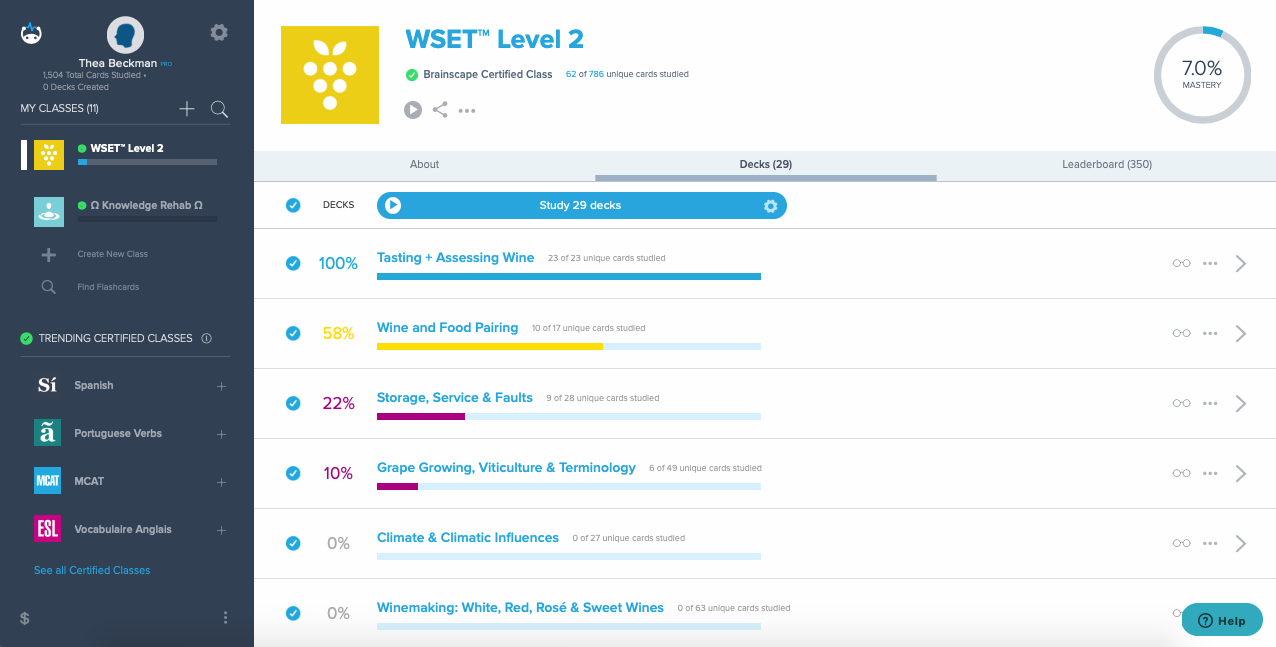
Right, pop those corks and wine glasses at the ready ... let’s go!
What we’ll be covering in this WSET 2 study guide
- 3 Important study tips for the WSET 2
- Top topics to study for the WSET 2 exam
- Uncork your potential with Brainscape's WSET 2 flashcards
3 Important study tips for the WSET 2
Knowing how to approach your studies is equally as important as knowing what's in the WSET 2 exam. So before we guide you through the topics you need to know, here are three essential study tips.
Tip 1: Start studying early
A cautionary tale: You will not pass if you rely on cramming. Give it a go, if you dare. The WSET 2 will have your ass for breakfast. There are simply too many facts to learn—too many wine regions, grape varieties, tasting terminologies, winemaking concepts, etc.—and you CANNOT do this in a matter of days.
The best approach is to learn from day one and spread the material out over the duration of your course. For advice on how to do this, check out Brainscape’s ultimate guide on how to prep for the WSET Level 2 wine exam more efficiently.
Tip 2: Review the relevant material before class
Because the WSET 2 is so knowledge-intensive (and because there are a lot of facts to learn), you should prepare for your lectures by studying the relevant materials before class.
For example, if this week’s lecture focuses on climate, read through your course book beforehand and study Brainscape’s WSET 2 ‘Climate & Climatic Influences’ flashcards. This will familiarize you with the different regions’ climate classifications, climate drivers, and weather hazards.
Your lecture time is precious and should be used for more complex tasks, like asking questions and addressing concepts you’re having trouble understanding.
Learning facts can easily be done at home, which brings us to the final tip on how to best prepare for the WSET 2 exam ...
Tip 3: Use Brainscape’s WSET 2 flashcards to memorize important facts
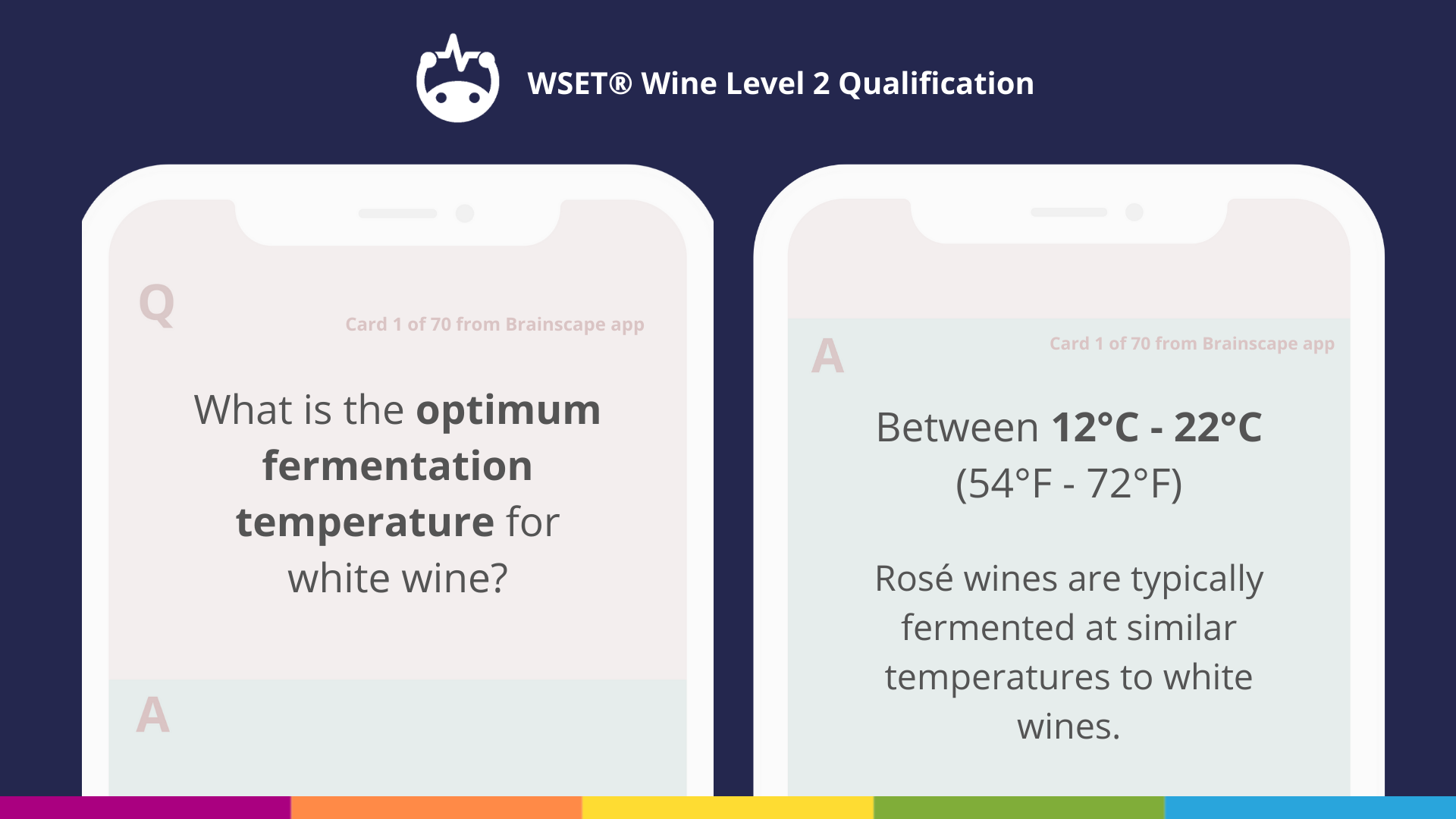
As you’ve no doubt gathered by now, Brainscape is a flashcard learning app for web and mobile. Flashcards are proven to work with your brain’s cognitive hardwiring to help you onboard new information far more efficiently than traditional, passive study techniques like reading notes or watching lectures. And this is why Brainscape’s platform has been designed to leverage the learning power of (digital) flashcards to help our students study for the WSET 2.
How does it work? Brainscape’s flashcards deliver question-and-answer pairs that:
- Compel you to recall the answers from scratch (rather than choosing an answer from a multiple-choice list). This engages your powers of active recall, creating deeper memories of that information.
- Require you to self-assess how well you know an answer to a question on a scale of 1 to 5 using a Confidence Rating tool. This engages your powers of metacognition (thinking about what you know), creating an additional neural pathway to that information.
- Repeat the flashcards you don’t know that well at optimal intervals for learning. This leverages the power of spaced repetition, enabling you to attack your weaknesses and move on quickly from facts you already know well, saving you time.
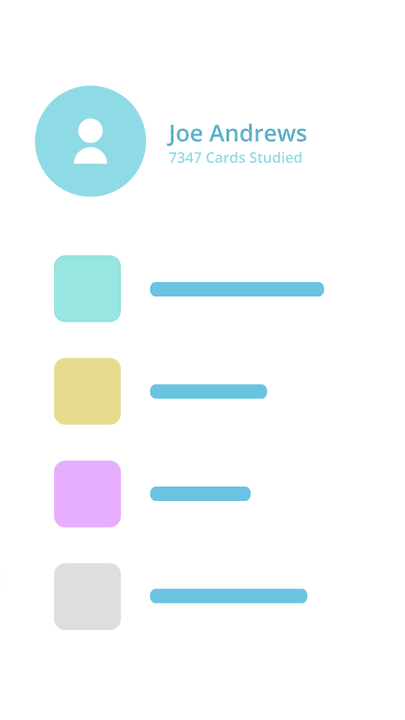
These three important cognitive science principles—active recall, metacognition, and spaced repetition—are the ‘secret sauce’ to how Brainscape’s WSET 2 Flashcards help students really internalize and permanently onboard the information they need in order to ace their exam!
If you’d prefer to MAKE your own flashcards on Brainscape, that’s super easy too: check out our complete guide to making and using flashcards.
Top topics to study for the WSET 2 exam
With these important notes out of the way, let’s dive into what to expect on the WSET 2 exam.
Topics in the WSET 2 exam: an outline
- The anatomy of a wine grape
- The influence of climate on wine-making
- Important regions and appellations for major grapes
- Labeling terms
- Wine-making techniques
- Sparkling wines
- Fortified wines
- Serving and storing wine
- Basic food & wine pairing principles
- Tasting and evaluating wine
Topic 1: The anatomy of a wine grape
View Brainscape’s WSET 2 deck of flashcards on Grape-growing, Viticulture, & Terminology.
Grapes are the building blocks of wine so you’ll start your learning journey by casting the limelight on this fruit. You should understand the anatomy of a grape (skin, juice, seeds, acid, sugar, tannins, etc.), as well as the vine’s annual cycle and the order of the growing phases.
Topic 2: The influence of climate on wine-making
View Brainscape’s Climate & Climatic Influences flashcard deck.
The WSET 2 exam requires you to have an intimate understanding of the nuanced ways in which the climate of a region (and the microclimates that exist within that region) affect viticulture and the subsequent flavor characteristics of the wines it produces.
Climate
Climate plays a pivotal role in winemaking because it affects what grapes can be grown and how well they will do. Know the difference between cool, moderate, and warm climates and be able to provide examples of wine regions in each.
Be able to describe the climatic influences at play in winemaking, including latitude, altitude, the presence and proximity of large bodies of water (lakes, seas, oceans), location inland away from water, cool vs. warm winds, cloud cover and fog, rainfall, and hazardous weather features like drought, hail, frost, etc.
Also, make sure you understand the influence of topographical features like mountains and valleys on viticulture, as well as vineyard slope and aspect, and soil type and quality.
Geographical indications (GI)
View Brainscape’s flashcard deck on GI’s, Labeling Terms, & Wine Law.
A Geographical Indication (GI) identifies the wine as originating in a specific region or locality (e.g. Bordeaux, Burgundy, and Champagne) and it tells consumers quite a bit about its pedigree. Know what GIs are and how this definition varies between the European Union and North America. You should also know what the requirements are for the various wine-producing regions.
Botrytis/noble rot
Botrytis is a type of fungus that shrivels and decays wine grapes. Ordinarily a bad thing. However, under certain ideal microclimatic conditions (know what they are) it causes ‘noble rot’, which is responsible for the production of some of the world's finest sweet white wines, such as Sauternes from Bordeaux, Tokaji Aszu from Hungary, and Beerenauslese German Rieslings.
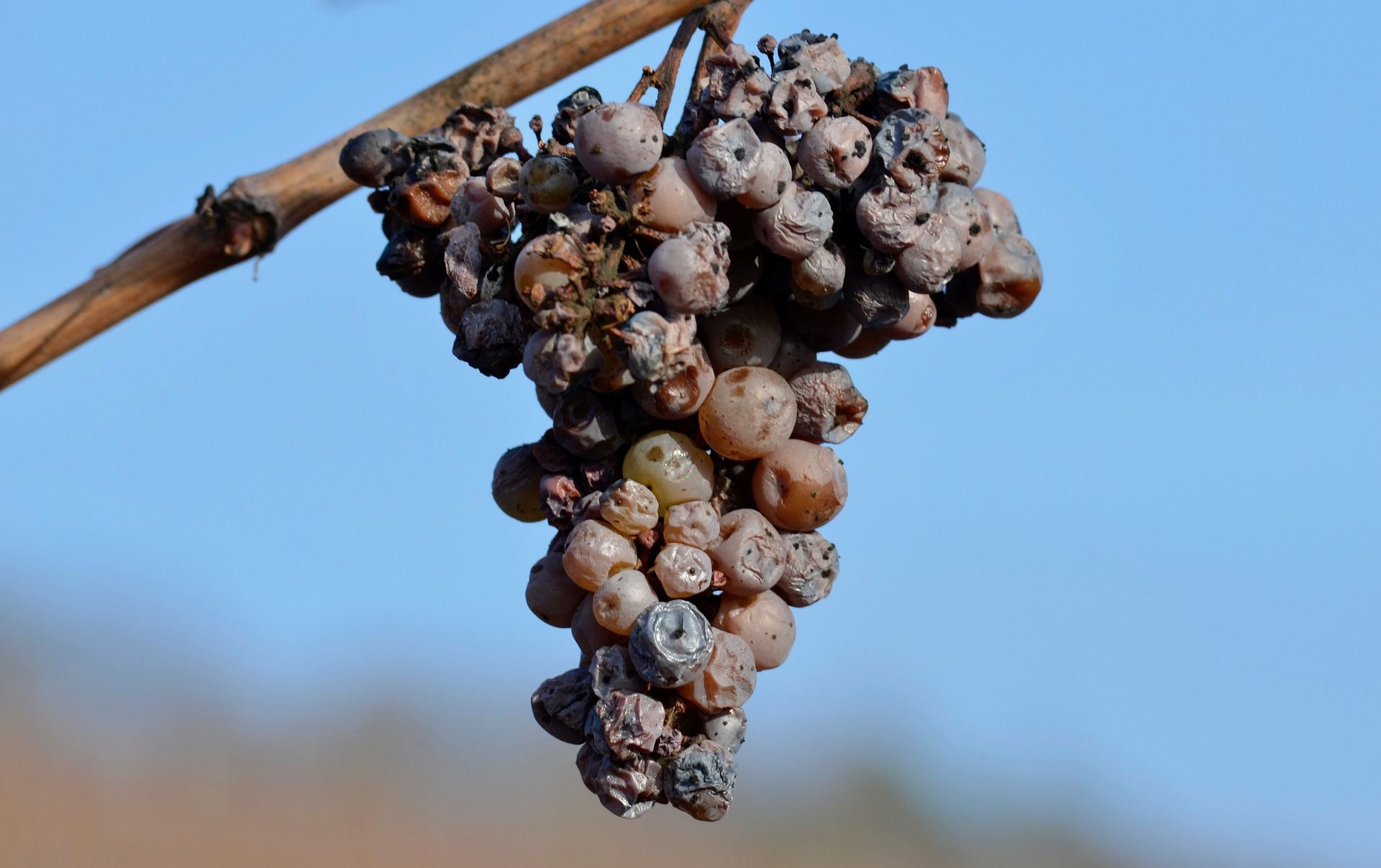
Topic 3: Important regions and appellations for major grapes
Start by watching this video on mastering the different wine regions...
You’ll need to have a thorough knowledge of the major wine-producing regions and appellations of the world, the grape varieties that grow there, and the climate, topographical, and soil characteristics of those regions. When learning this information, pay close attention to the following:
Regional comparisons
The WSET loves to pose questions that require you to compare two different wine regions. For example: “Explain the organoleptic differences between still Pinot Noir made in Burgundy versus still Pinot Noir made in California, discussing soil, climate, and geography.”
The best way to prepare yourself for these questions is to:
- Study regions that are very similar, one after the other. For example, Chablis and Maconnais, which are two different regions but with similar soil, climate, and grape varieties. The same goes for Basilicata and Campania, and Chianti, Chianti Classico, and Brunello di Montalcino.
- Test yourself on regional comparisons by picking two regions in your textbook and flipping between the two. For example, the Mosel Valley in Germany and the Clare Valley in Australia are both known for producing outstanding Rieslings. What makes these regions similar? What makes them different?
- Use Brainscape's web & mobile WSET Level 2 flashcards to study, which are actually broken down into varieties (e.g. see the decks on ‘Tempranillo’, ‘Pinot Noir’, and ‘Chardonnay’, etc.) These will test your understanding of which of the world’s regions are best known for each grape, and you can even mix-and-match them to receive a blend of regional questions.
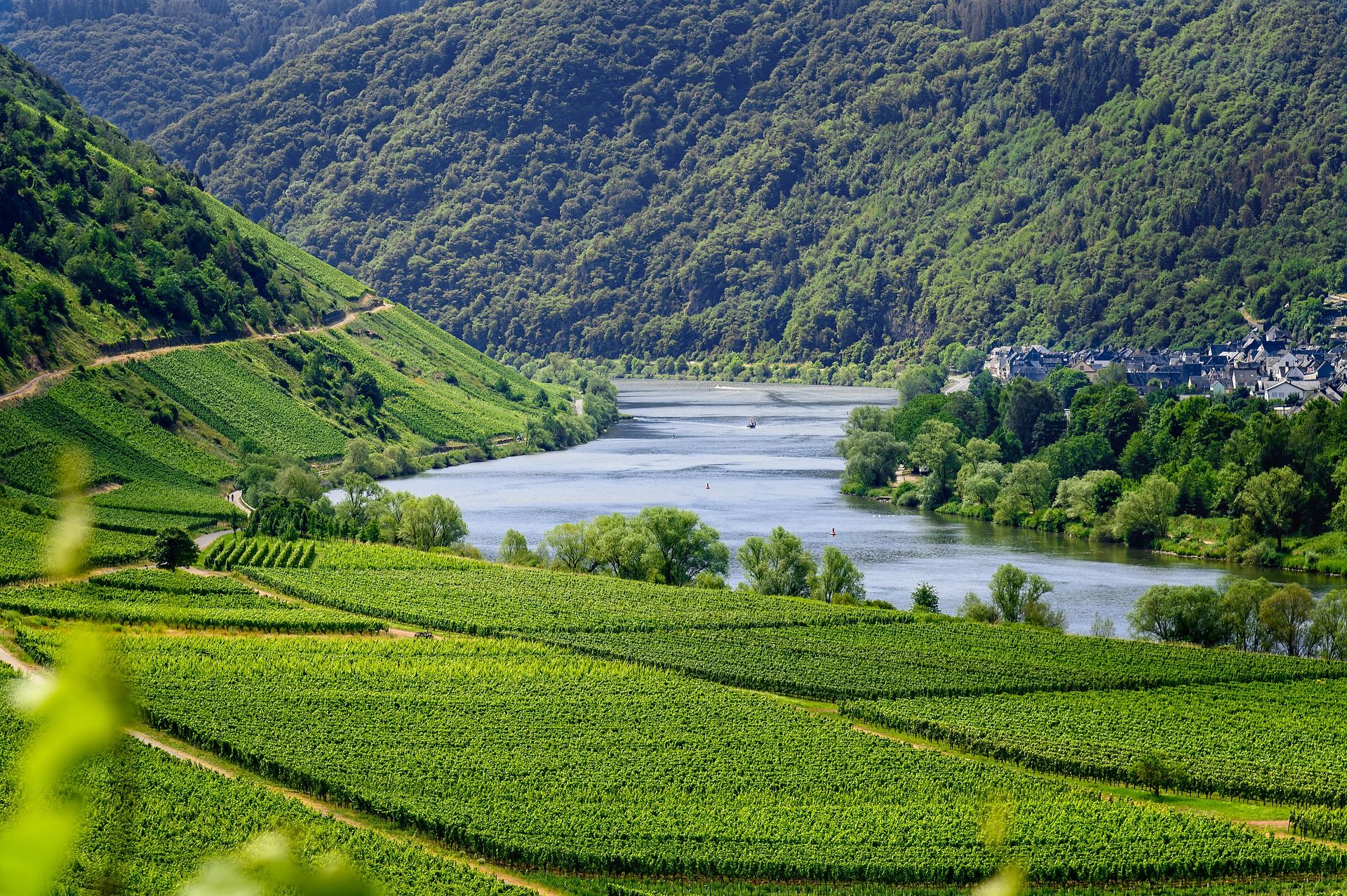
Cause and effect
You WILL see questions on the exam that test your comprehension of the material and your ability to ‘connect the dots’ between the various aspects of wine-making.
For example: “Why do Clare Valley Rieslings tend to have more body than Eden Valley Rieslings?”
You won’t find the answer to this question explicitly written out in the coursework. But what you will learn is that the Clare Valley is warmer than the Eden Valley and so its grapes get riper, with a higher sugar content, which translates into more alcohol during fermentation, and, therefore, more body.
In other words, you’ve got to use your noodle and connect the dots on all the facts you learn about each region and the wines they produce, so you can demonstrate your logical comprehension of the material in the WSET 2 exam.
And, as we’ve mentioned, using a digital flashcard tool like Brainscape is a powerful way to help you onboard the individual facts so that you can accomplish this!
Topic 4: Labeling terms
View Brainscape’s flashcard deck on GI’s, Labeling Terms, & Wine Law.
From “Late Harvest” to “Vieille Vignes Vendange Tardive” and a myriad of poetry in between, if it’s written on a wine label, you should know what it means. This is really just a matter of memorizing and internalizing the various definitions, and Brainscape’s flashcard deck on “GIs, Labelling Terms & Wine Law” is the perfect resource for you.
This is because Brainscape’s intelligent spaced repetition algorithm determines the right intervals at which to repeat the flashcards to you, so the definitions you aren’t comfortable with will be shown to you again and again, until you get them right!
Topic 5: Wine-making techniques
Now we’ve arrived at all the wonderful methods, tools, tricks, and processes involved in transforming a bunch of grapes into a bottle of wine. This includes the following:
- The chemistry of winemaking
- Maturation (tank, barrel, bottle)
- Vessel and style options
- Fermentation (tank, barrel, bottle)
- Temperatures and adjustments
And you’ll need to know ALL of the above for (a) white wine, (b) red wine, and (c) rosé wine, paying attention to the distinctions between them.
Other key winemaking principles to know are:
- How sweetness is added to wine
- How to halt fermentation (by removing or killing the yeast)
- How bottle maturation can affect quality of flavors
- What preserves wine during maturation (acid, sugar, tannin)
- How color changes in red and white wines over time
- What the flavor and character differences are of just-ripe, ripe, and over-ripe grapes
- What the flavor and character differences are of grapes from different climates (e.g. moderate-climate Bordeaux Merlot vs. warm-climate Central Valley California Merlot)
You’ll find all of these essential facts in Brainscape’s WSET Level 2 flashcard deck called "Winemaking: White, Red, Rosé & Sweet Wines". So, wherever you are and whenever the motivation strikes you, open the Brainscape app on your phone and squeeze in a 5-, 10-, or 15-minute study session (or longer). This effectively turns that boring commute (or wait for your girlfriend to get ready) into an opportunity to learn!
Topic 6: Sparkling wines
View Brainscape’s WSET 2 flashcard deck on Sparkling Wines.

There are few sounds more festive than the popping of a cork. But not all bubblies are made equal, nor are they made following the same traditions and methods. You will need to learn what those differences are and what sets Champagne apart from Cava DO, and Prosecco apart from Méthode Cap Classique, and more.
Within the sparkling wine section of the WSET Level 2 examination, you’ll be expected to know:
- What a base wine is and how it’s made.
- What secondary fermentation is and where/why/how it occurs.
- The phases of sparkling wine-making, the order they occur in, and the terminology often used during the process, e.g. define riddling and where it happens in the timelines of making sparkling wine.
- Know the difference between tank and bottle fermentation (Asti Method included) and be able to give examples of each style.
- Know what Méthode Cap Classique is, where it’s from (South Africa), the grapes most often used to make it (Chardonnay, Pinot Noir, Meunier, and sometimes other varieties like Chenin Blanc), and how it’s different from true champagne.
Topic 7: Fortified wines
The two styles of fortified wines to know for WSET Level 2 are Port and Sherry so you’ll need to be intimately acquainted with the following information:
Ports
- Port comes from Portugal. You simply cannot get that wrong.
- Focus on Port made from black grapes (WSET Level 2 doesn’t cover white Port)
- Know the wine-making steps involved in making Port, specifically that Port is fortified (i.e. spiked with alcohol) to STOP fermentation so that it remains sweet.
- Know the different styles of Port (Ruby, LBV, Vintage, Tawny, etc) and their flavor profiles.
Sherry
- Understand the key differences between Port and Sherry (Sherry is fortified after fermentation is complete, whereas Port is fortified during fermentation)
- Know what the different Sherry grapes are (primarily Palomino and Pedro Ximenez)
- Know the differences between the dry and sweet Sherry styles, what alcohol percentage they’re fortified to, how they differ in color and flavor, and where the sugar comes from (a sweetening agent or sun-dried grapes).
- Know what a solera system is (a method for fractional blending across vintages).
Pro Tip: Brainscape’s engaging and comprehensive WSET 2 flashcard collection, ‘Fortified Wines: Port and Sherry,’ can prove indispensable in helping you learn and permanently memorize all of these facts in a way that is not only fun and engaging, but super efficient too!
Topic 8: Serving and storing wine
View Brainscape’s WSET 2 flashcard deck on Storage, Service, & Faults.
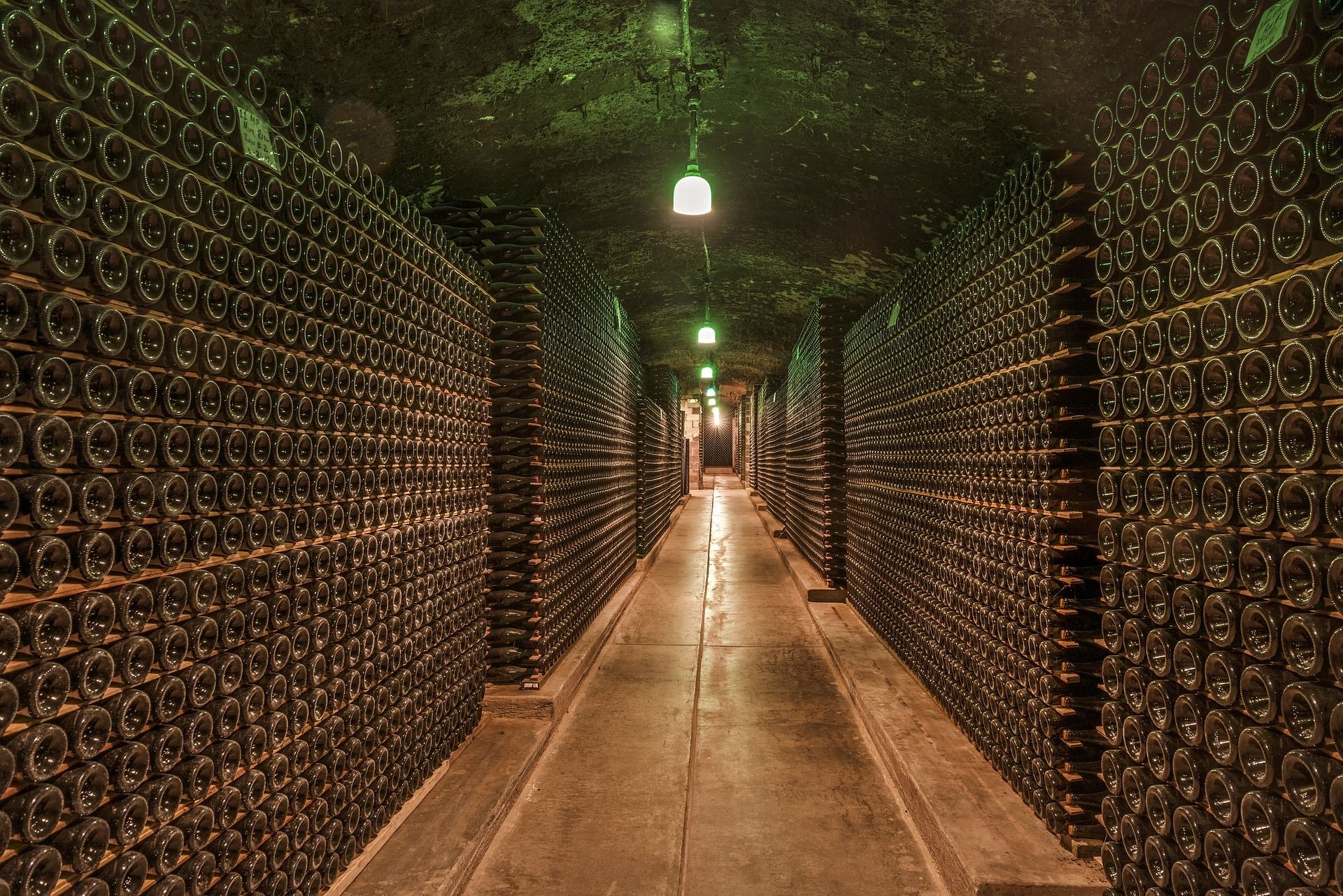
At WSET level 2, you should understand the importance of continuing to lovingly care for a bottle of wine once it leaves the cellar. And you should be well-versed in the correct methods of serving wine so that all the passion and expertise that went into making it isn’t compromised by the wine being too warm or too cold, or having been stored incorrectly.
Here are the key points about serving and storing wine you need to know for the WSET 2 exam:
Serving temperature
Know (in degrees Celsius) the precise temperatures at which different wines are served at the table, including sweet, sparkling, light- to medium-bodied white wines and rosé, full-bodied white wines, light- to medium-bodied red wines, and full-bodied red wines.
Keeping wine fresh
Understand the best practices for keeping wine as fresh as possible once it has been opened (by keeping it in the fridge, with the cork in, or by using the vacuum or blanket system).
Common wine faults
Know what the common wine faults are: (1) cork taint (more technically referred to as TCA or trichloroanisole), (2) oxidation (or ‘failure of closure’); and (3) heat damage. What do these faults do to the wine, how can you recognize them, and what do they smell and taste like?
How to open (and check) a bottle of wine
Know the proper methodology for opening and pouring still and sparkling wine (and decanting wine too). You should also keep an eye (and nose) out for any faults in the wine, as well as for any haziness, residue, or floaty bits. You do not want your client or customer to be the first to notice an imperfection in the wine!
How to store wine
What are the perfect conditions for storing wine? And what elements (heat, light, vibrations, temperature variations) should you keep your wine away from? You should also know that wine bottles with cork enclosures should be kept on their sides, while Stelvin enclosures and screw caps can be kept upright.
Topic 9: Basic food and wine pairing principles
View Brainscape’s WSET 2 flashcard deck on Wine & Food Pairing.
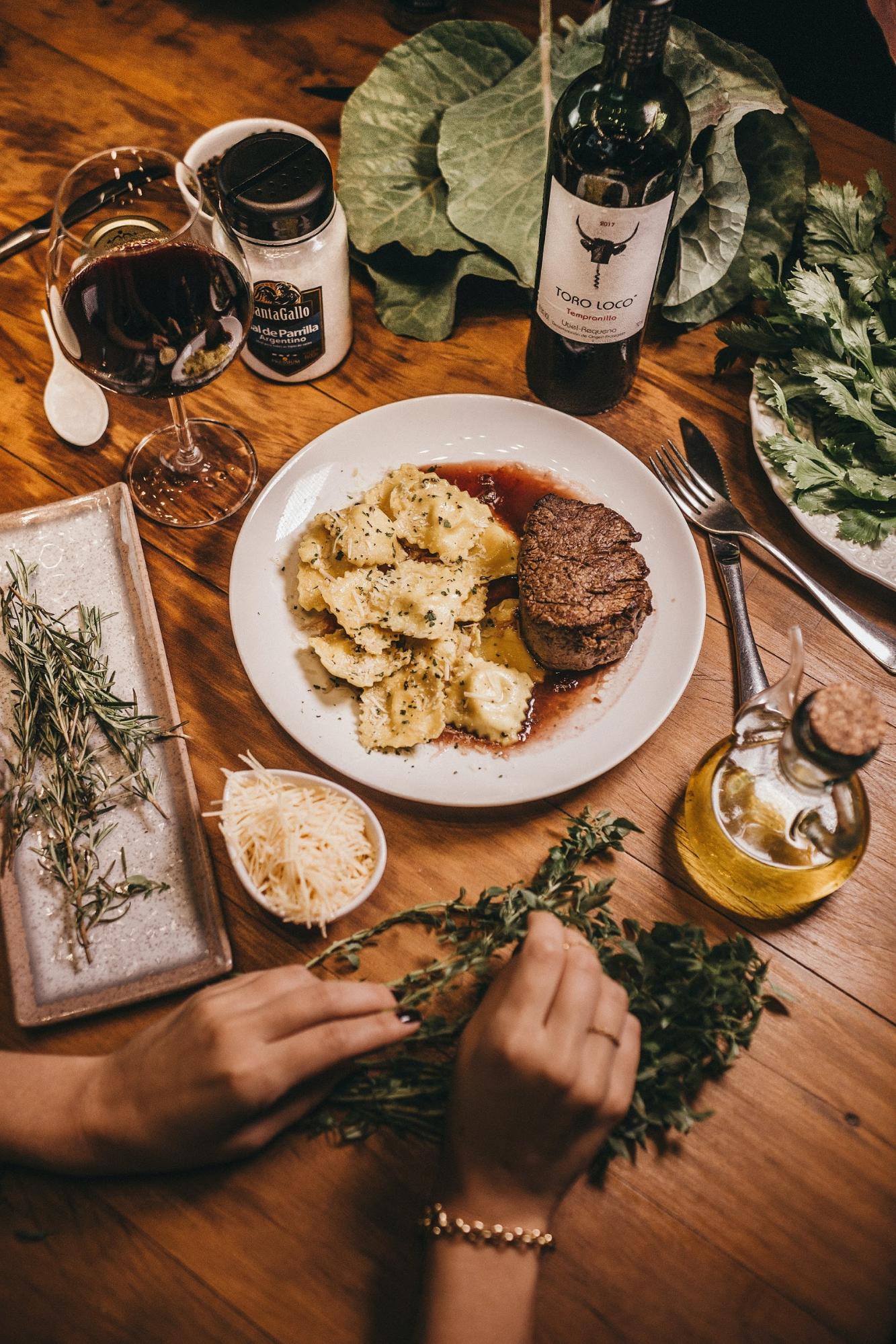
Not even Romeo and Juliet can match the romance of a good wine and food pairing; although a bad one can end as equally in tragedy. In this section, you will need to know which characteristics in wine (sugar, acidity, tannins, and alcohol)—and therefore which kinds of wines—pair best with the primary flavor profiles of sweet, acidity (perceived as sour), salt, umami, and heat.
For example a crisp and fresh Sauvignon Blanc goes well with creamy seafood pasta, while a lush and earthy Pinot Noir goes well with mushroom risotto.
Topic 10: Tasting and evaluating wine
View Brainscape’s flashcard deck on Tasting + Assessing Wine for the WSET 2.
The final component of what to expect on the WSET 2 wine exam is how to taste and evaluate wine, beginning with the optimal tasting environment and ending with being able to identify the five quality levels, which range from poor (1/5) to outstanding (5/5). You should also be able to articulate what makes wines different at the Grand Cru, Premier Cru, and Village levels.
Other important facts to learn for this section include:
- The importance of having a clean palate (not brushing your teeth right before a tasting or consuming any strongly-flavored foods or liquids).
- Not wearing any strong-smelling lotions, perfumes, or lip balm that might influence your ability to perceive the wine’s delicate aromas.
- The proper pouring size for wine tasting (5cL or 1.7 fl. oz.).
- The color intensity options (pale or deep) and color descriptors for white wines (lemon, gold, or amber); red wines (ruby, purple, garnet, or tawny); and rosés (pink, pink-orange, or orange).
- The aroma intensity options (light, medium, pronounced) and the differences between primary, secondary, and tertiary aromas (with examples of each).
You should also understand the role of sugar, acid, tannins, and alcohol in your perception of a wine’s flavor, balance, and body. For this, you should know:
- The difference between dry, off-dry, medium, and sweet when discussing sugar;
- What acidity and tannins feel like on your palate;
- How alcohol influences the body of a wine; and
- The various alcoholic ranges for light, medium and full-bodied wines.
Uncork your potential with Brainscape’s WSET 2 flashcards
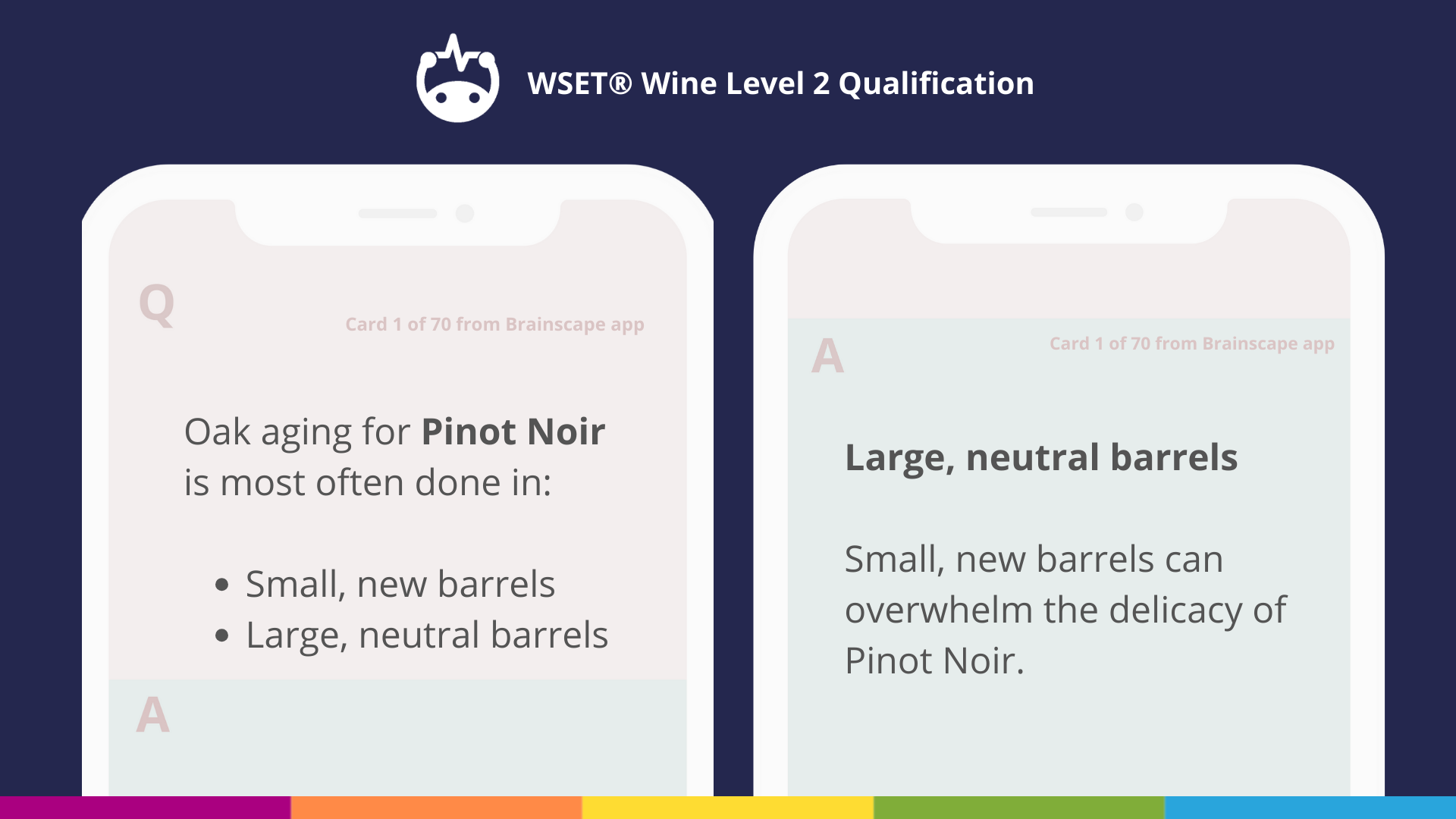
Absolutely all of the content we have discussed in this guide has been broken down into manageable bite-sized question-and-answer pairs and neatly organized into Brainscape’s collection of WSET 2-certified flashcard decks. This makes it ridiculously easy and convenient for you to start mastering everything you need to know in order to ace this prestigious examination TODAY!
So, remember: (1) start studying early, (2) use your class time for questions and consolidation of knowledge, and (3) use Brainscape to leverage the powers of active recall, metacognition, and spaced repetition to learn your WSET 2 materials more efficiently.
Don't miss our other WSET Level 2 study guides:
- What topics are on the WSET Level 2 wine exam?
- How to take a WSET Level 2 practice exam
- How to get a career in wine by acing the WSET Level 2 exam
- How to study for the WSET Level 2 exam more efficiently
P.S. When you're ready to take your next step to WSET Level 3, we have expert-curated flashcards and study guides to help you crush that challenge!
*Disclaimer: Brainscape has worked with top wine experts to supplement the official publications and preparation offered by WSET.
